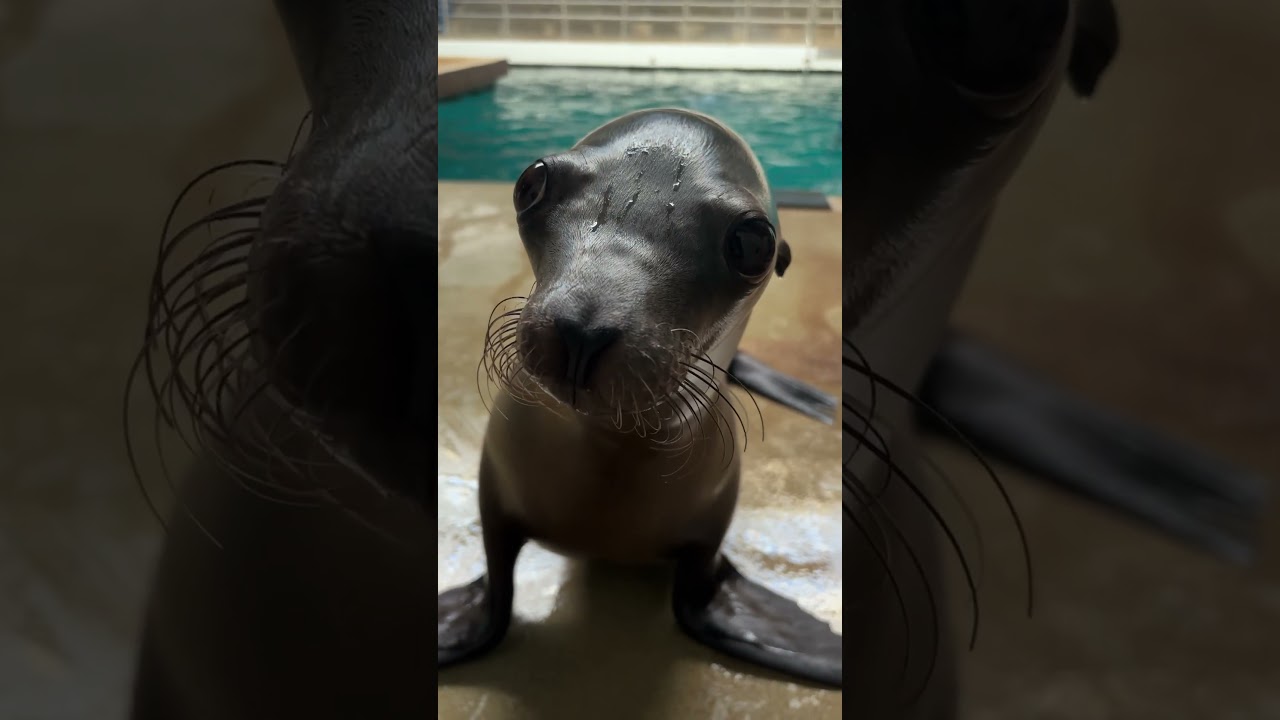– Discover the secret lives of animals in their natural habitats
– Unveiling the complexity of balance within ecosystems
– Exploring the benefits of properly maintained wildlife sanctuaries
Welcome to a journey full of wonder, a safari through the written word, where we will uncover the hidden intricacies of the creatures that walk, swim, slither, and fly upon this Earth. Prepare to be whisked away into the extraordinary world of animal behaviors, their environments, and the ecological system’s delicate tapestry.
Have you ever considered the intricacy of an ant colony or the stoic endurance of a lone elephant traversing the African savannah? Perhaps you’ve marveled at the precision of a hawk in flight or pondered the mysterious communication of whales. These animals, as disparate as they may seem, are all interconnected through the web of life – a complex system that humbles the human mind.
Beginning with the ant, a creature so small that it escapes the casual glance yet commands such awe when observed closely. These tiny architects construct vast underground cities, efficiently dividing labor amongst hundreds, if not thousands, of individuals. Each ant knows its role – from the forager to the nurse, from the soldier to the queen, and the colony thrives in its perfect organization.
Let us now contrast this minuscule marvel with the grandeur of the elephant. These pachyderms are the gentle giants of their landscapes, living in families that support each other through life’s trials. Their social bonds are strong, and they communicate through rumbles too low for human ears to detect. The wisdom of an elephant matriarch, guiding her kin for decades, is a testament to the unspoken knowledge that spans generations.
Moving into the realm of avians, consider the hawk. This raptor is the epitome of aerial finesse and precision. The hawk’s keen eyes can spot a rustling mouse from over a hundred feet in the air. It soars, dives, and captures in one seamless motion, demonstrating an unmatched mastery of its airborne domain.
In the world’s oceans, whales traverse miles of water, their existence a marvel of marine biology. Their sounds, a mix of melodies and rhythms, can travel for miles underwater, mysterious and yet evocative, a language of the deep that announces their presence and cements their social bonds.
These examples speak to the balance and nuance inherent within their respective ecosystems. An ant colony helps aerate the soil, promoting plant growth. Elephants facilitate seed dispersal and create waterholes that benefit other species. Hawks control rodent populations, and whales contribute to ocean nutrient cycling.
This delicate symphony of life extends far beyond individual species. It includes their habitats, the climate they rely on, and the numerous interactions with other organisms – both competitive and cooperative. A change in one thread of the ecosystem can unravel countless others; hence, balance is paramount.
Now, let’s take a moment to explore the value of wildlife sanctuaries and their role in conservation. Imagine these reserves as fortresses, not with walls to keep creatures in, but with resources to support thriving populations. Ethical sanctuaries mimic natural habitats as closely as possible, offering a haven for the recovery of endangered species and a refuge for those who have faced the brink of extinction.
Sanctuaries educate and inspire us, showcasing the complexity of the wildlife they protect. They offer a glimpse into a world where minimal human interference allows animals to demonstrate natural behaviors – the lion’s hunt, the bird’s flight, the gathering of primates, and the dance of butterflies.
One might wonder what difference one person can make in the grand theater of the natural world. It starts with the recognition that every action we take, every decision we make, has a corresponding reaction in the world around us. Through the choices we make in our daily lives – from the products we purchase to the foods we consume – we hold power over the lives of countless species.
Consider consumer habits and their environmental footprints. By choosing sustainable products, we reduce our impact on habitats home to myriad creatures. Mindful tourism encourages a market for conservation and boosts local economies, prompting a positive cycle where both nature and communities benefit.
Moreover, in supporting conservation efforts, the contribution of every individual becomes a crucial part of the collective force driving change. From adopting endangered species to volunteering with local conservation groups, every action sparks a chain reaction, potentially inspiring others to do the same. It is within this collective effort that hope for the future is kindled.
Inspiration from the animal kingdom is limitless. Witnessing the steadfast determination of a sea turtle returning to the beach of its birth to lay eggs or the exhilarating cooperation of a wolf pack on the hunt reminds us of our potential for resilience and teamwork. These animals do not merely survive; they thrive in their existence, adapting to challenges and living every moment to its fullest.
Embrace an eco-friendly lifestyle with this in mind; let your life be as harmonious with nature as the creatures we’ve highlighted. Reduce waste, repurpose and recycle, use energy wisely, and choose to be a guardian of the natural world. It’s not only about sustaining wildlife but creating a legacy of respect for life in all its forms.
In conclusion, the world of animals is a library of natural wisdom and beauty, with every creature playing a crucial role in the collective narrative of life. Each life form is indispensable, from the tiniest ant to the grandest whale. Sanctuaries reflect our commitment to uphold this diversity, to celebrate and protect the tapestry of life that covers our world.
So let this exploration be more than just reading; let it be a call to marvel, protect, and thrive alongside our planet’s fauna. Embark on this journey not as a bystander but as an active participant in the story of life, where each chapter is as vital as the next, and every creature, including ourselves, has a significant role to play.
*****
Source Description

